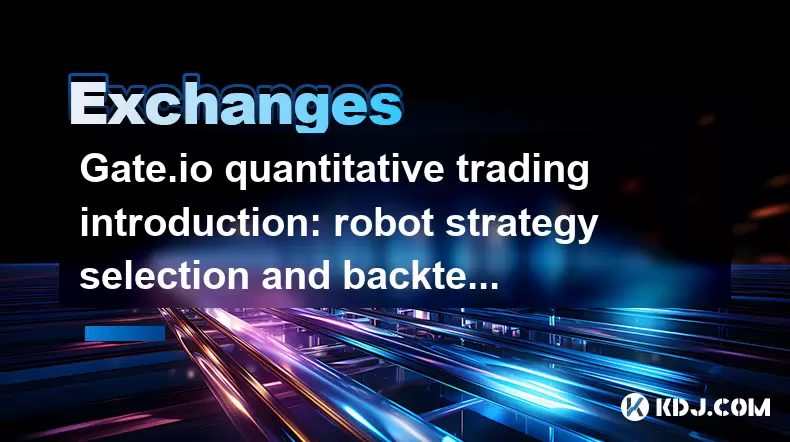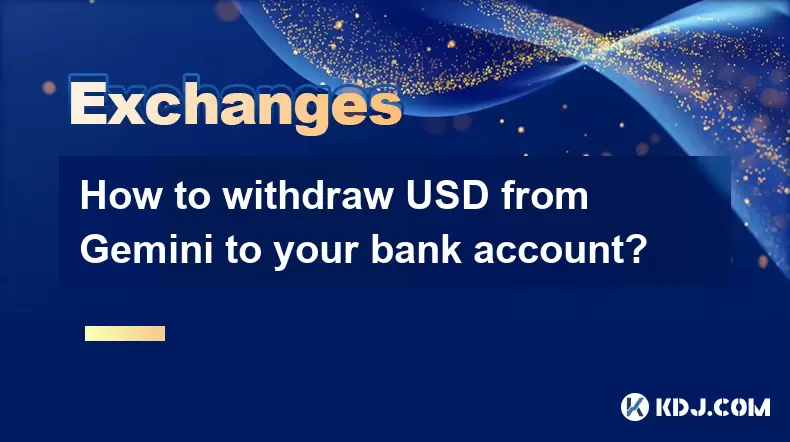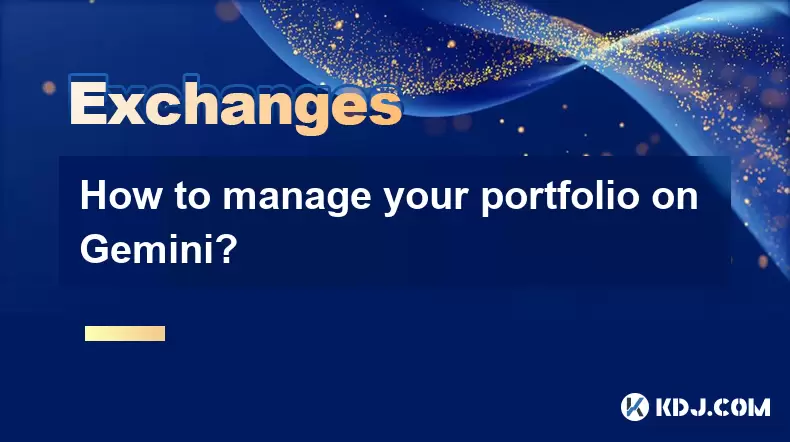-
 Bitcoin
Bitcoin $115000
0.12% -
 Ethereum
Ethereum $3701
4.50% -
 XRP
XRP $3.081
2.99% -
 Tether USDt
Tether USDt $0.0000
-0.01% -
 BNB
BNB $767.9
1.45% -
 Solana
Solana $169.5
3.13% -
 USDC
USDC $0.9999
0.01% -
 Dogecoin
Dogecoin $0.2106
4.30% -
 TRON
TRON $0.3334
1.62% -
 Cardano
Cardano $0.7564
2.54% -
 Stellar
Stellar $0.4165
0.76% -
 Hyperliquid
Hyperliquid $38.75
0.25% -
 Sui
Sui $3.593
3.00% -
 Chainlink
Chainlink $17.08
3.59% -
 Bitcoin Cash
Bitcoin Cash $573.6
4.35% -
 Hedera
Hedera $0.2508
-0.84% -
 Avalanche
Avalanche $23.07
6.46% -
 Ethena USDe
Ethena USDe $1.001
-0.02% -
 Litecoin
Litecoin $120.8
8.17% -
 UNUS SED LEO
UNUS SED LEO $8.943
-0.32% -
 Toncoin
Toncoin $3.400
-5.60% -
 Shiba Inu
Shiba Inu $0.00001255
1.54% -
 Uniswap
Uniswap $9.908
6.32% -
 Polkadot
Polkadot $3.718
2.10% -
 Monero
Monero $303.0
-0.74% -
 Dai
Dai $0.9999
-0.02% -
 Bitget Token
Bitget Token $4.392
0.91% -
 Cronos
Cronos $0.1403
6.31% -
 Pepe
Pepe $0.00001076
1.13% -
 Aave
Aave $267.2
1.80%
Gate.io quantitative trading introduction: robot strategy selection and backtesting methods
Gate.io's API enables automated trading with customizable bots, allowing users to implement strategies like market-making or arbitrage for optimized crypto trading.
Jun 14, 2025 at 12:21 pm

Gate.io Quantitative Trading: Understanding the Basics
Quantitative trading on Gate.io involves using mathematical models and algorithmic strategies to execute trades automatically. This approach leverages historical data, statistical analysis, and predefined rules to make informed trading decisions. Gate.io provides a robust API system that allows users to connect third-party trading bots or develop their own strategies for automated trading. Before diving into strategy selection and backtesting, it's essential to understand how the platform supports these functionalities.
The first step is to enable API access in your Gate.io account. To do this:
- Log in to your Gate.io account
- Navigate to the API Management section under Security Settings
- Click Create New API
- Assign permissions such as Spot Trade, Spot Account Read, etc.
- Complete two-factor authentication to confirm creation
Once created, you'll receive an API key and secret key, which will be used by your trading bot or algorithmic software.
Selecting the Right Robot Strategy
Choosing the appropriate robot strategy depends on several factors including market conditions, risk tolerance, and investment goals. Gate.io supports various types of strategies through its API integration with platforms like Hummingbot, Gunbot, and HaasBot, among others. Each strategy has unique characteristics and performance metrics.
One popular type is the market-making strategy, where the bot places buy and sell orders around the current market price to profit from the spread. Another widely used method is the arbitrage strategy, which exploits price differences between different exchanges or trading pairs.
When evaluating a strategy, consider the following:
- Historical performance data
- Risk-reward ratio
- Frequency of trades (high-frequency vs. low-frequency)
- Adaptability to changing market conditions
- Customizability and ease of parameter tuning
It’s crucial to test each strategy thoroughly before deploying real funds. This brings us to the importance of backtesting.
Backtesting Your Strategy: Key Concepts and Tools
Backtesting is the process of simulating a trading strategy using historical market data to assess its effectiveness. On Gate.io, since direct in-platform backtesting isn’t available, traders typically use third-party tools or custom scripts to evaluate their strategies.
To begin backtesting:
- Obtain historical market data from Gate.io via public APIs or exportable CSV files
- Use a backtesting framework like Backtrader, Freqtrade, or Hummingbot's built-in testing module
- Define entry and exit rules based on your strategy logic
- Simulate trades over a selected time period
- Analyze metrics such as win rate, drawdown, Sharpe ratio, and total return
For example, if you're testing a moving average crossover strategy:
- Download historical candlestick data for BTC/USDT from Gate.io
- Set up a 50-day and 200-day moving average
- Program the bot to buy when the 50-day crosses above the 200-day
- Sell when the opposite occurs
- Run the simulation and record the results
Keep in mind that past performance doesn't guarantee future success, but thorough backtesting can help identify flaws and optimize parameters.
Integrating Your Bot with Gate.io API
After selecting a strategy and validating it through backtesting, the next step is connecting your trading bot to Gate.io via its API. Most bots require configuration files where you input your API keys and set trading parameters.
Here’s how to integrate a bot with Gate.io:
- Install the bot software on your local machine or VPS
- Locate the configuration file (e.g., config.json or .ini)
- Enter your Gate.io API key and secret key
- Specify the trading pair, order size, and other strategy-specific settings
- Launch the bot and monitor logs for any errors
Ensure that your API key has only the necessary permissions to prevent unauthorized actions. For instance, if your bot only needs to place trades, avoid granting withdrawal permissions.
Additionally, always start with small trade sizes during live testing to verify the bot behaves as expected.
Monitoring and Adjusting Live Strategies
Once your bot is live on Gate.io, continuous monitoring is critical. Market conditions change frequently, and a previously profitable strategy may become unprofitable without adjustments.
Use the following practices for effective management:
- Regularly check execution logs for missed trades or errors
- Review open orders and adjust limit prices if needed
- Monitor balance changes and ensure sufficient liquidity
- Update strategy parameters based on recent performance
- Consider implementing dynamic risk controls like stop-losses or position sizing adjustments
Some advanced traders also implement real-time dashboards using tools like Grafana or custom Python scripts to visualize bot performance and market movements.
Adjustments should be made carefully. Avoid making frequent changes based on short-term fluctuations unless supported by data and sound reasoning.
Frequently Asked Questions
Q: Can I use multiple bots simultaneously on Gate.io?
Yes, Gate.io allows simultaneous connections from multiple bots as long as each uses a separate API key. Ensure that each key has the correct permissions and does not overlap in trading pairs to avoid conflicts.
Q: Does Gate.io charge fees for API usage?
No, Gate.io does not impose additional fees for API usage beyond standard trading fees. However, high-frequency trading or excessive API calls might trigger rate limits, so it’s important to review Gate.io’s API documentation for specific thresholds.
Q: Is it safe to store API keys on third-party bot platforms?
Security depends on the platform. Always choose reputable bot providers with strong encryption and no history of breaches. Avoid sharing API keys unnecessarily and consider using sub-account APIs for added isolation.
Q: How often should I re-optimize my trading strategy?
Strategy optimization frequency depends on market volatility and performance drift. A general rule is to reassess every 1–3 months or after significant market events, such as major news announcements or regulatory changes.
Disclaimer:info@kdj.com
The information provided is not trading advice. kdj.com does not assume any responsibility for any investments made based on the information provided in this article. Cryptocurrencies are highly volatile and it is highly recommended that you invest with caution after thorough research!
If you believe that the content used on this website infringes your copyright, please contact us immediately (info@kdj.com) and we will delete it promptly.
- Velo Universe, DEX, and DeFi Security: Navigating the Future of Decentralized Trading
- 2025-08-05 09:25:13
- Bitget Wallet Revolutionizes Solana with Gas-Free Transactions: A New Era for DeFi
- 2025-08-05 09:25:13
- Ozak AI, Crypto Boom, and ROI Potential: Is This the Next Big Thing?
- 2025-08-05 09:25:24
- Solana's ETF Hopes & the All-Time High Chase: Is SOL Set to Soar?
- 2025-08-05 09:25:24
- Coinbase's Brian Armstrong and the Art of Focused Work: A Deep Dive
- 2025-08-05 09:25:30
- Uniswap Price Prediction: Bullish Reversal on the Horizon?
- 2025-08-05 09:25:30
Related knowledge

How to set and manage alerts on the Gemini app?
Aug 03,2025 at 11:00am
Understanding the Gemini App Alert SystemThe Gemini app offers users a powerful way to stay informed about their cryptocurrency holdings, price moveme...

How to use the Gemini mobile app to trade on the go?
Aug 04,2025 at 09:14am
Setting Up the Gemini Mobile AppTo begin trading on the go using the Gemini mobile app, the first step is installing the application on your smartphon...

What to do if you forgot your Gemini password?
Aug 04,2025 at 03:42am
Understanding the Role of Passwords in Gemini AccountsWhen using Gemini, a regulated cryptocurrency exchange platform, your password serves as one of ...

What are the websocket feeds available from the Gemini API?
Aug 03,2025 at 07:43pm
Overview of Gemini WebSocket FeedsThe Gemini API provides real-time market data through its WebSocket feeds, enabling developers and traders to receiv...

How to withdraw USD from Gemini to your bank account?
Aug 04,2025 at 11:01am
Understanding Gemini and USD WithdrawalsGemini is a regulated cryptocurrency exchange platform that allows users to buy, sell, trade, and store digita...

How to manage your portfolio on Gemini?
Aug 03,2025 at 10:36am
Accessing Your Gemini Portfolio DashboardTo begin managing your portfolio on Gemini, you must first log in to your account through the official websit...

How to set and manage alerts on the Gemini app?
Aug 03,2025 at 11:00am
Understanding the Gemini App Alert SystemThe Gemini app offers users a powerful way to stay informed about their cryptocurrency holdings, price moveme...

How to use the Gemini mobile app to trade on the go?
Aug 04,2025 at 09:14am
Setting Up the Gemini Mobile AppTo begin trading on the go using the Gemini mobile app, the first step is installing the application on your smartphon...

What to do if you forgot your Gemini password?
Aug 04,2025 at 03:42am
Understanding the Role of Passwords in Gemini AccountsWhen using Gemini, a regulated cryptocurrency exchange platform, your password serves as one of ...

What are the websocket feeds available from the Gemini API?
Aug 03,2025 at 07:43pm
Overview of Gemini WebSocket FeedsThe Gemini API provides real-time market data through its WebSocket feeds, enabling developers and traders to receiv...

How to withdraw USD from Gemini to your bank account?
Aug 04,2025 at 11:01am
Understanding Gemini and USD WithdrawalsGemini is a regulated cryptocurrency exchange platform that allows users to buy, sell, trade, and store digita...

How to manage your portfolio on Gemini?
Aug 03,2025 at 10:36am
Accessing Your Gemini Portfolio DashboardTo begin managing your portfolio on Gemini, you must first log in to your account through the official websit...
See all articles

























































































